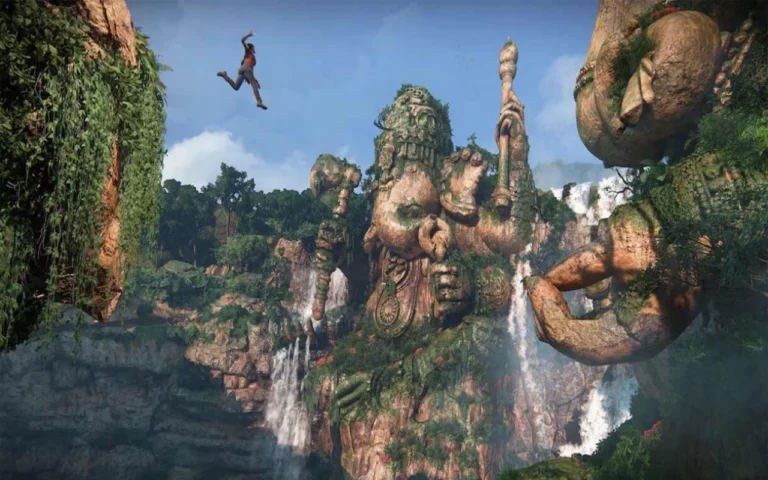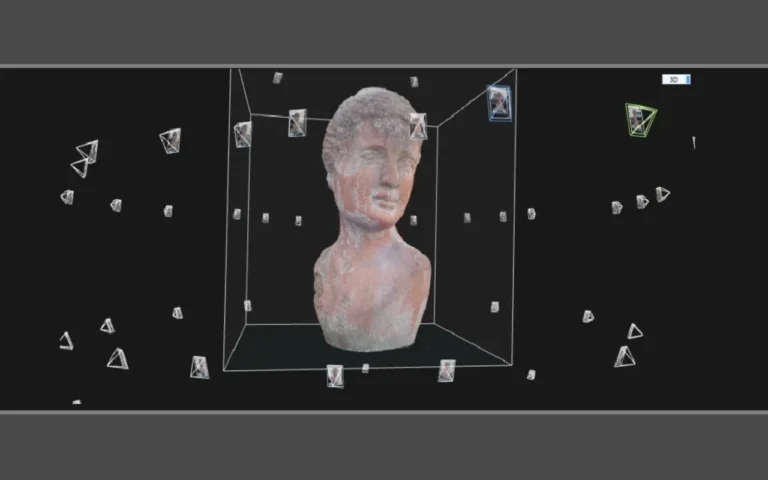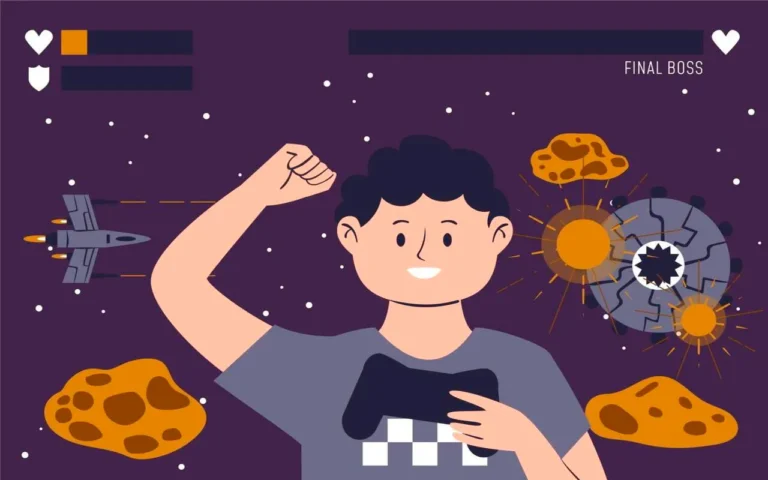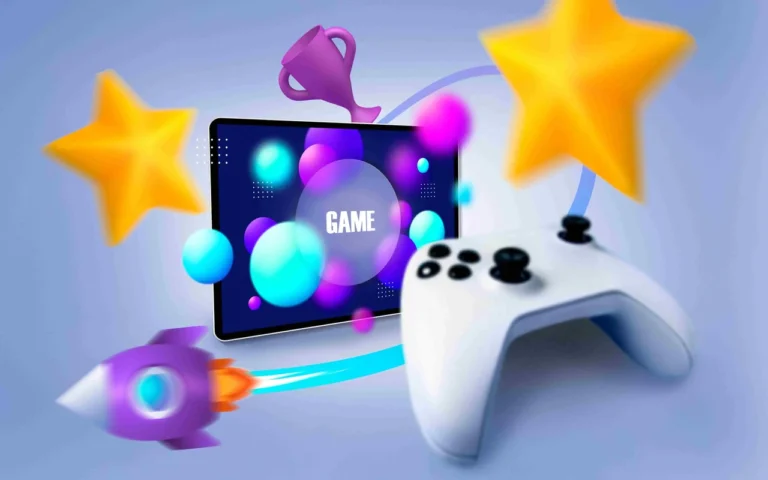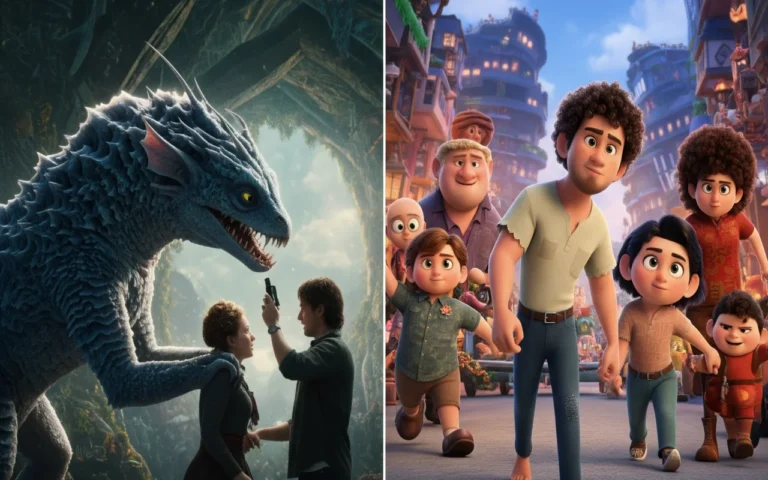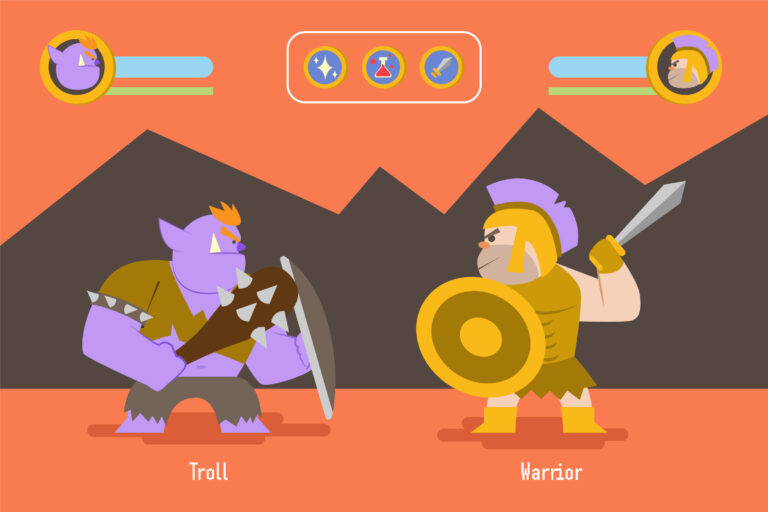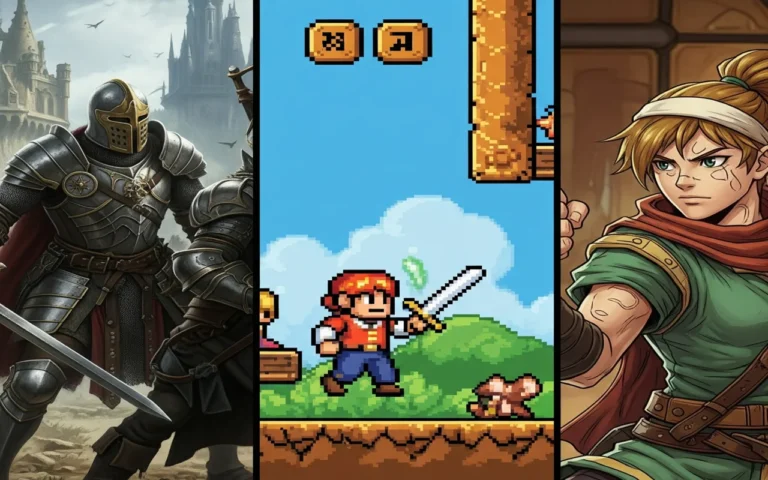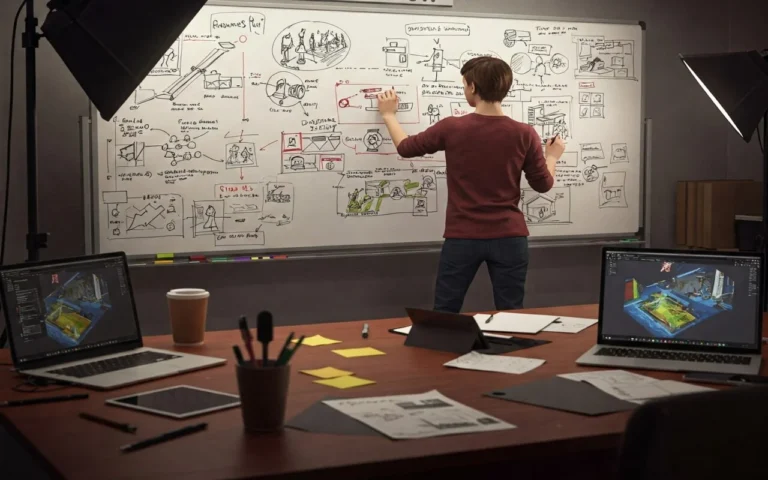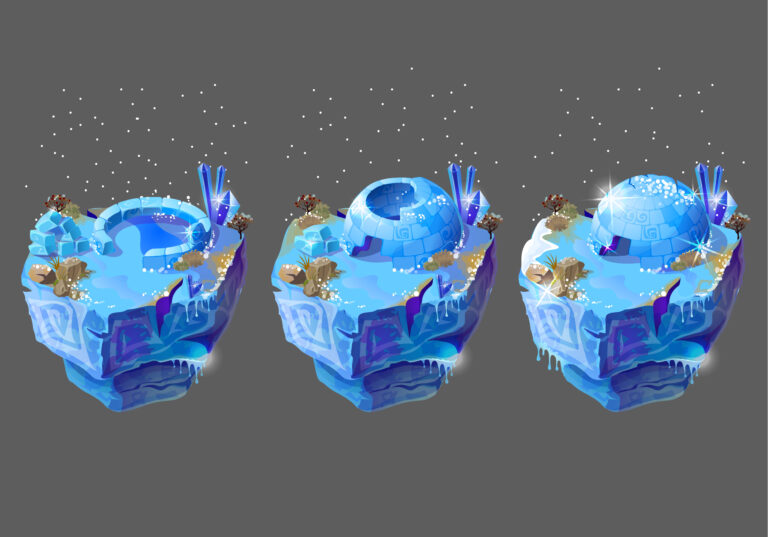Ever been completely blown away by a visual in a game? Like that moment an explosion rocks the screen, or when a magic spell crackles with raw energy? That feeling, that immersion – a lot of it comes down to the wizardry of VFX (Visual Effects) and Particle Systems.
For us folks in Game Development, especially those of you who are the amazing VFX artists out there, getting a solid grip on these tools is like unlocking a whole new level of game feel. So, let’s learn about VFX and Particle Systems and see how they breathe life into the worlds we create.
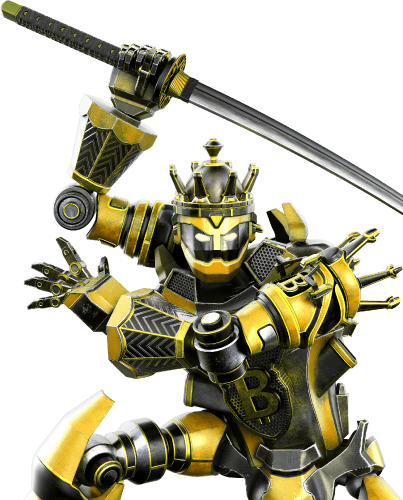
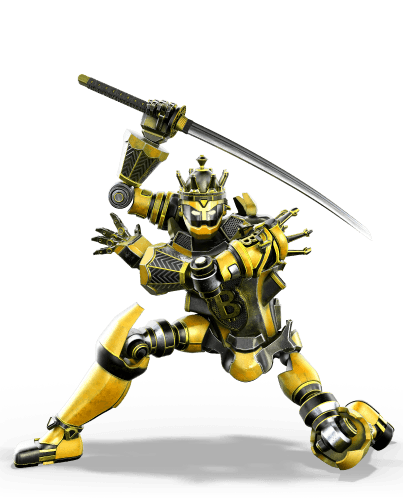
Need Game Art Services?
Visit our Game Art Service page to see how we can help bring your ideas to life!
What Are VFX and Particle Systems in Games?
So, when we throw around the term VFX (Visual Effects) in the game world, what are we really talking about? Picture it like this: they’re the awesome visual touches we layer onto our games to make them pop and feel truly alive. You’ve got the big, in-your-face stuff, like those booming explosions that shake the screen and dramatic weather rolling in.
But it’s also about those smaller, more nuanced details that you might not even consciously register – the way dust motes catch the light in a room, or how heat seems to ripple off a hot surface. All that visual goodness? That’s crafted Visual Effects at work.
Now, let’s zoom in on Particle Systems. Think of them as this incredibly versatile tool in our VFX toolkit. Imagine a whole bunch of tiny little visual bits, almost like digital confetti floating around. A Particle System is basically a way we can manage and control a whole swarm of these individual “particles.” We get to decide how many shows up, which direction they zoom off in, how quickly they move, their color, their size, and even how long they stick around before fading away.
By playing with all these settings, we can simulate a crazy range of dynamic visuals, from a raging inferno with thick, billowing smoke to a gentle rain shower, a swirling blizzard, magical spells crackling with energy, and even those abstract visual cues that give you feedback in the game. They’re super handy for bringing movement and life to our game worlds.
The Role of VFX in Game Design
VFX isn’t just about making things look flashy; it’s actually a really important part of the whole Game Design puzzle. When Visual Effects are done right, they can:
- Pull You In: Believable VFX helps players really connect with the game world, making it feel more real and immersive; as game design psychology shows, the right visual cues tap into player emotions.
- Give You the Lowdown: VFX can be a great way to communicate important stuff to the player. Did that attack land? Is your special ability ready? Is that area dangerous? A fiery blast screams “danger!”, while a subtle glow hints at something you can interact with. For guidance on integrating these cues into the user interface, see our game HUD design article.
- Show You the Way: Cleverly placed VFX can delicately guide players through the environment, highlighting paths or points of interest without being too obvious.
- Set the Mood: Whether it’s the creepy fog in a horror game or the vibrant, colorful bursts in a fantasy adventure, VFX plays a huge role in setting the overall tone and atmosphere. A solid grasp of color theory will help you choose hues that support your intended mood
- Make it Look Awesome: Let’s face it, eye-catching Visual Effects can make a game visually stunning and way more appealing. If you’re exploring a distinctive visual direction, check out our guide on finding your unique art style.
Understanding Particle Systems in Games
At their heart, Particle Systems work by constantly creating, updating, and showing a ton of tiny visual bits. Each of these bits has its own set of rules that can change over time. We, the Game Development crew, get to set these rules to get the visual outcome we’re after.
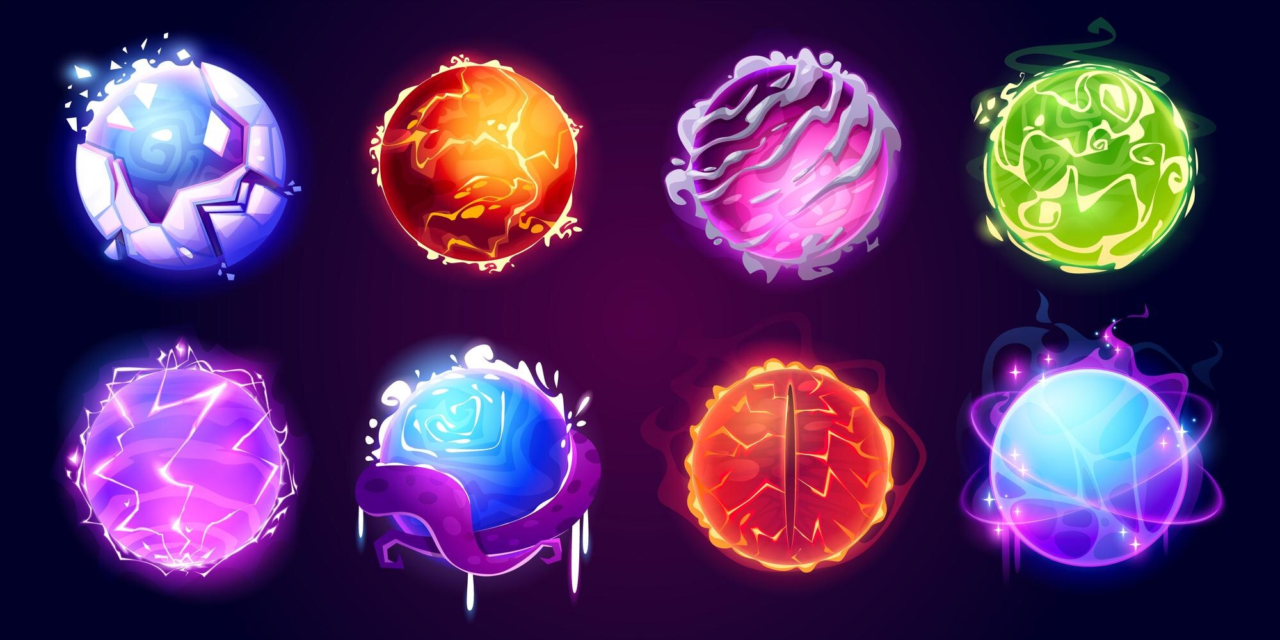
Here are a few key things to wrap your head around with Particle Systems:
- The Spawner (Emitter): This is where the particles come from – a point, an area, whatever we define.
- Particle Personalities (Properties): Things like where they are, which way they’re going, how fast they speed up or slow down, their color, size, how they’re rotated, and how long they live.
- External Influences (Forces): Things that push or pull the particles around, like gravity, wind, or even collisions with other objects.
- How They Look (Render Modes): How each particle is actually drawn on the screen – maybe as a little image (sprite), a tiny 3D shape (mesh), or even a trail.
- Making Them Look Special (Shaders): These are little programs that tell the game how to draw each particle, and our shader artists often leverage advanced techniques like physically based rendering to achieve truly complex looks thanks to real‑time rendering.
The cool thing about Particle Systems is that you can get really complex and organic-looking results just by setting up a few simple rules for a bunch of tiny elements.
Types of VFX in Games
The world of VFX in games is super diverse. Here are some common types you’ll see:
- Nature’s Fury (Environmental Effects): Weather like rain, snow, fog, and lightning; natural stuff like fire, smoke, water, and dust; and little details like falling leaves or glowing bits floating around.
- Bang! Pow! (Combat Effects): Explosions, the impact of hits, energy beams, the trails left by fast-moving objects, and visual feedback for damage.
- Magic and Powers (Magic and Abilities): Spells, buffs that make you stronger, debuffs that weaken enemies, teleportation effects, and magical glows.
- Keeping You Informed (UI and Feedback): Visual cues for when you do something, notifications popping up, and the way menus transition (learn more in our UI vs. UX article).
- Breaking Stuff (Destruction and Damage): Showing things breaking apart, buildings crumbling, and visual signs of damage on characters or objects.
- Movie Magic (Cinematic and Storytelling): Special effects used during those important cutscenes and story moments.
A lot of these effects use Particle Systems heavily, often combined with other Visual Effects techniques like Animation and clever use of Shaders.
Creating VFX and Particle Systems: The Process
Making awesome VFX and Particle Systems is a mix of technical know-how and artistic flair. The usual Workflow looks something like this:
- Dreaming It Up (Concept and Planning): Figuring out what you want the effect to look like and how it fits the game’s overall style and gameplay. This often involves concept art and looking at references.
- Making the Pieces (Asset Creation): Creating the individual visual bits you’ll need, like textures and sprites (often created with 2D VFX techniques ), and sometimes even simple 3D Modeling.
- Setting Up the System (System Setup): Configuring the Particle System in your chosen game engine or specialized VFX Tools, setting things like how many particles appear, their properties, and what forces act on them. See our comparison of Unity and Unreal.
- Bringing it to Life (Animation and Timing): Adding movement and dynamism to the VFX by tweaking settings over time, using scripts, or directly animating particle properties with the help of a good animation pipeline.
- Making it Look Just Right (Shader Development): Creating or tweaking shaders to control how the particles are drawn, adding cool visual details and style.
- Tweaking and Polishing (Iteration and Refinement): Constantly testing the VFX in the game, getting feedback, and making adjustments until it looks and feels just right.
Best Practices for Using VFX in Games
To make sure your VFX makes the game better and not worse, keep these tips in mind:
- Keep it Clear: Make sure your VFX communicates information effectively without being a visual mess. Players should understand what an effect means.
- Think About Performance: VFX, especially complex Particle Systems, can really eat up processing power. Always try to optimize them so the game runs smoothly on your target platforms.
- Match the Style: Your VFX should always fit the overall game art style of the game.
- Make it Meaningful: Seriously, every bit of VFX you add should have a purpose. Is it making the gameplay clearer? Helping to tell the story? Or maybe it’s just there to make the game world feel more vibrant and lived-in. just because an effect looks flashy doesn’t mean it belongs everywhere. When you’re adding VFX, think about what it’s actually doing in the game. Does it help players understand what’s happening? Does it add to the story? Or does it just make the world feel more real? If an effect doesn’t really add anything important, maybe it’s not needed.
- Get in There and Try Things: Don’t be scared to mess around with VFX! Try different settings, see what happens, and don’t worry about making mistakes. Playing around and trying new things is the best way to learn and find cool new effects. So go ahead and experiment! And definitely test things out in the game to see how they really look and perform!
- Teamwork is Key: Look, making games is really a group thing. To make super cool games, we VFX artists, the game idea people (designers), and the computer code experts (programmers) all need to talk to each other clearly. That’s super important! It’s how we make sure everything we do fits together nicely and we get the awesome game we’re all working towards. Making games is a group effort, and collaboration across the game art pipeline is essential.
Tools and Software
Creating awesome VFX and Particle Systems involves using a variety of software:
2D Software
Programs like Adobe Photoshop, Aseprite, and Krita are your go-to for creating sprite sheets and textures that are used in lots of VFX, especially for games with a more stylized or retro look. They’re great for detailed pixel art, painting, and image editing.
Read more: How 2D VFX is Used in 3D Animations
3D Software
Tools like Autodesk Maya, Autodesk 3ds Max, and Blender are used for creating more complex particle shapes, 3D models to emit particles from, and pre-rendered elements that can be used in VFX. Having 3D Modeling software and skills can be a big plus for creating unique visual assets.
Read more: What is VFX in 3D Animation Pipeline?
Game Engines with Particle Systems
Modern Game Engines like Unity and Unreal Engine come packed with their own powerful Particle Systems. These systems have tons of features and visual scripting tools that let VFX artists create and control complex effects right inside the game environment. You get real-time feedback and everything integrates nicely with the rest of the game.
Unity
Unreal Engine
Specialized VFX Tools
Dedicated VFX Tools like Houdini and EmberGen offer even more advanced ways to generate and simulate complex Particle Systems and other visual effects. These often use a node-based Workflow and have powerful simulation engines, letting you create really intricate and realistic effects that you can then bring into your Game Engines.
Optimizing VFX for Different Platforms
Keeping the game running smoothly is crucial, and VFX can have a big impact on performance. How you optimize things will depend on whether you’re targeting PCs, consoles, or mobile devices:
- Fewer Particles: Reducing the number of particles that are active at any one time can make a big difference.
- Less Overlap: Trying to minimize how many transparent pixels are drawn on top of each other.
- Texture Tricks: Combining lots of small textures into one big one to reduce the number of draw calls.
- Simplifying at a Distance (LOD): Using simpler VFX or fewer particles when they’re far away from the player.
- Efficient Shaders: Keeping your Shaders lean and mean, avoiding overly complex calculations.
- Don’t Draw What You Can’t See (Culling): Making sure VFX that aren’t visible to the player aren’t being processed.
Knowing the limitations of each platform is key to creating great-looking VFX that doesn’t tank performance.
VFX and Particle System Integration in Game Engines
Getting VFX and Particle Systems to work seamlessly within Game Engines is a big part of the Workflow. Engines provide tools and scripting that let you:
- Trigger Effects: Make VFX happen when certain things occur in the game (like a player attacking or an enemy dying).
- Change Things on the Fly: Dynamically adjust the properties of Particle Systems (like color, intensity, or size) using code or animation curves.
- Coordinate Multiple Effects: Make different VFX happen in sequence or at the same time to create more complex visual moments.
- Make Them Interact: Have VFX respond to and even influence what’s happening in the game (like a smoke cloud blocking vision or an energy field causing damage).
Smooth integration makes VFX feel like a natural and responsive part of the game world.
Challenges in VFX and Particle System Design
Even though VFX and Particle Systems are great, making them perfect can be tricky:
- Looks vs. Speed: We want it to look great, but not slow down the game.
- Making it Real: Digital fire and smoke can be hard to get right.
- Seeing Clearly: Too many effects can make it hard to see what’s important.
- Same Style: All the VFX need to look like they belong together.
- Working Together: Getting artists, designers, and coders on the same page is key.
It’s a mix of art and tech, and both have their tricky bits!
Case Studies
Let’s check out a few games that really nail how they use cool visual stuff:
For Amazing Magic Looks:
You got to see Final Fantasy VII Remake. The magic in that game looks incredible! It has all these detailed trails of light, and super bright colors, and when a spell hits, it feels really powerful. You can easily see how strong and each spell is just by looking at the Visual Effects.
For Combat That Feels Real:
Take a peek at Doom Eternal. The fighting in this game is fast and intense, and the VFX makes it even better. The explosions feel huge, and when you hit enemies, there are these cool (and a bit messy!) effects using Particle Systems that give you a clear idea you landed a hit. The way it looks really adds to the feeling of the game.
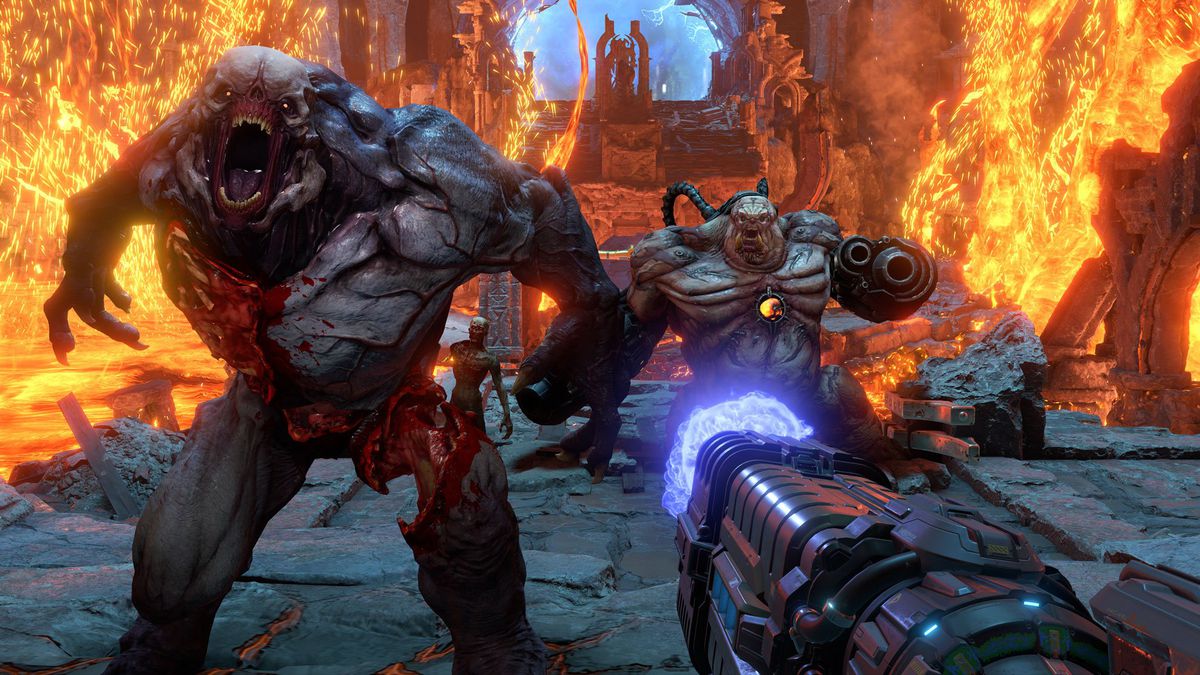
For Games That Feel Like a Place:
Think about Hellblade: Senua’s Sacrifice. This game uses softer but really effective VFX, like thin fog, glowing dust in the air, and the way things look a bit wavy. These effects make the game feel spooky and draw you into the story.
Conclusion
So, when you really think about it, VFX (Visual Effects) and particle systems are what take our games from just being playable to being truly captivating. They’re a key part of how we make our game worlds in Game Development feel alive and real, using cool tricks like Animation and clever Shaders that we see in Real-Time Rendering. For all you awesome VFX artists, getting good at using these tools and knowing the best Workflow within game engines is super important.
As we keep making games look better and better, using Visual Effects in smart and optimized ways will always be a big deal for creating those games that players really get lost in and remember. Keep playing around with ideas, and let your awesome VFX keep shaping what games will look like in the future!
